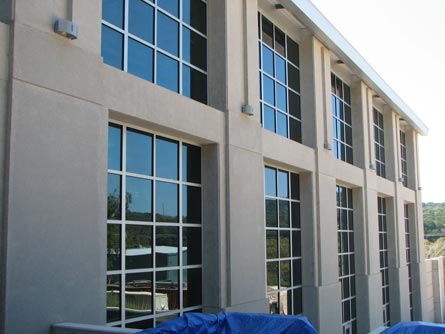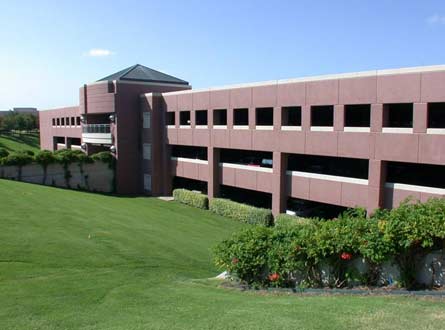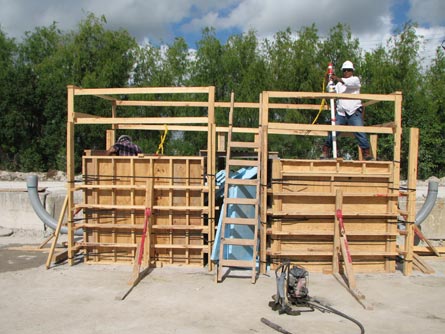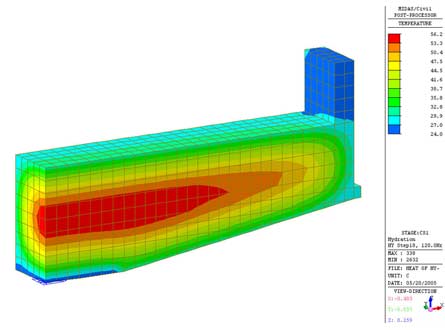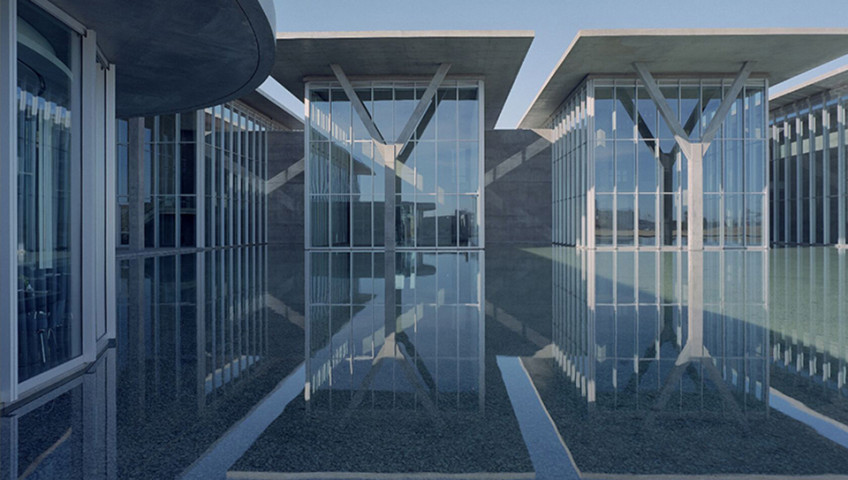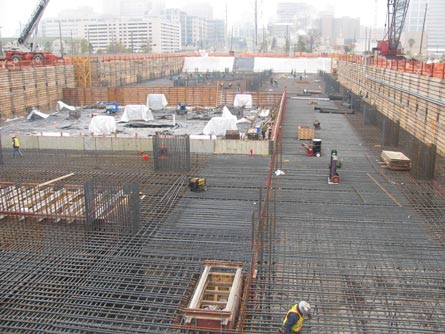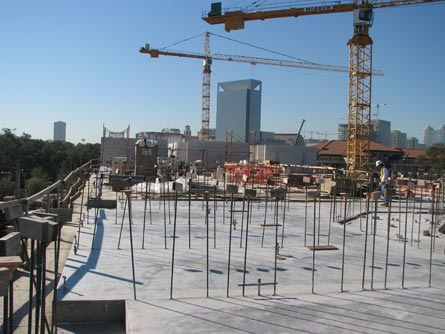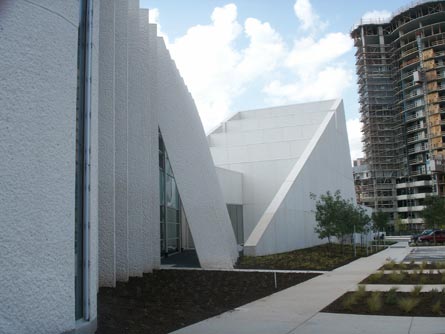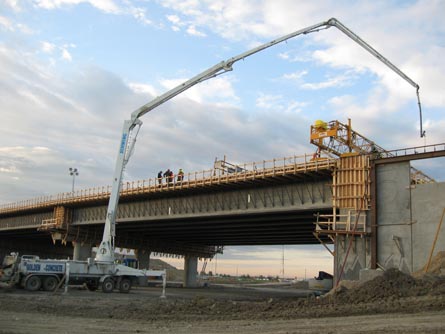CA provided sustainable construction consulting services to the general contractor for the construction of the LCRA Red Bud Center’s architectural concrete elements including textured exposed architectural concrete walls. CA’s consulting work included the review and evaluation of the concrete specifications, plans, and drawings. CA then developed recommendations for the concrete mixture proportions, formwork, and concrete placement, in particular consolidation practices to meet the project requirements and most importantly the architect’s vision and aesthetic value of the exposed concrete. The architecturally exposed concrete walls were required to exhibit a textured form finished pattern and appearance similar to that observed in the Tom Miller Dam adjacent to the LCRA Red Bud Center built over 60 years ago. CA was also involved in the evaluation and concrete repair of the finished concrete walls. The design requirements incorporated the implementation of sustainable construction strategies and practices required to meet the standards of the United States Green Building Council. The facility achieved USGBC LEED® Gold Certification and Four-Star Rating from the Austin Energy Green Building Program.
